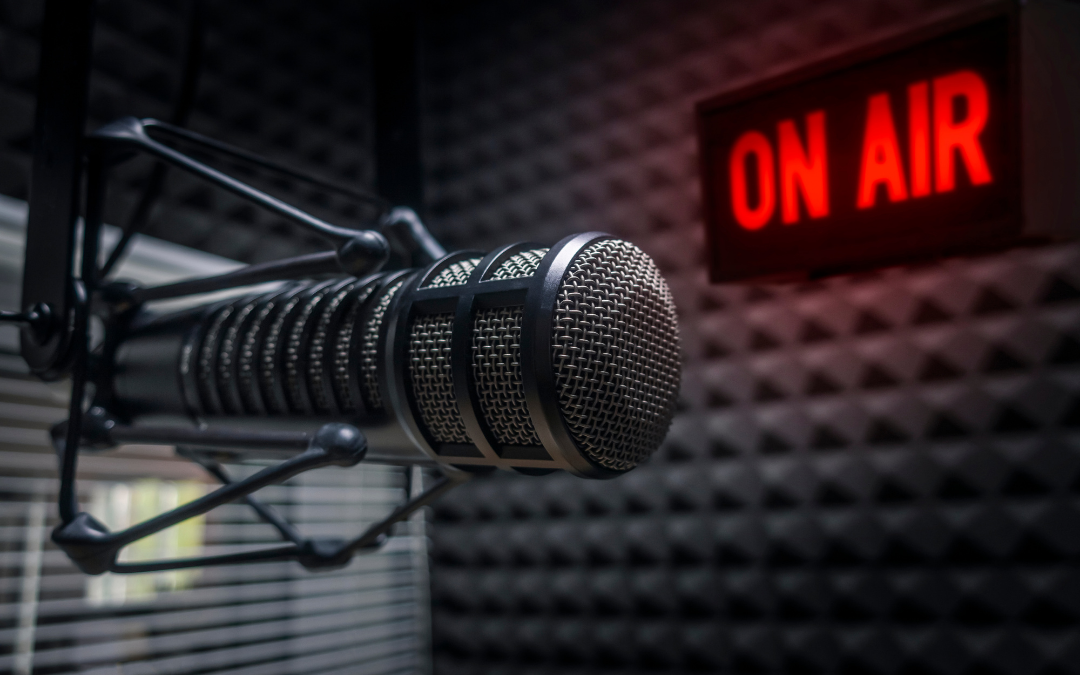Putting all your eggs into one basket has never been a good idea- drop the basket and you’re left with a big messy problem. But what if the basket was media, and there were lots of eggs to choose from? Do you go for biggest basket, or the one with the best shock-proofing? This piece will explore the options available and talk through the benefits of using an integrated marketing strategy.
In a world populated by marketing buzzwords and trends, it’s hard to decide what’s best for your organisation. Integrated media employs a variety of the available methods and complementary media forms, including digital and offline forms of media. But it’s no use casting a wide net if you’re catching the wrong fish. A good integrated media strategy will utilise the right forms of media to reach your audience effectively and efficiently.
Who, Where, Why, When?
The strategies you choose will depend on your intended audience. For instance, Generation Z respond very differently to traditional forms of marketing, and are utilising ad-blocking software at a much higher rate than other demographics. Knowing your audience and their habits is a solid foundation of a good integrated media strategy.
A Brand New Day
The online revolution sent the marketing world into a spin, overwhelming everyone with the possibilities of reaching audiences in new and inventive ways. But getting your brand out there isn’t as simple as creating a Facebook page or posting some stock photos. People will navigate away or turn the dial if they don’t see themselves reflected in the message. The changeable nature of the internet means your brand must be both recognisable AND flexible enough to show its loyalty to the emotional needs of customers through supporting causes and reflecting trends.
Align your Online and Offline Content
Simply put, media can be split into two camps. Traditional, which is usually offline forms like print, television and radio, or online, which encompasses the newer forms of media – websites, email marketing, social media, and deeper forms like search engine optimisation.
Online media is packed with pros- a direct line to your audience is a communication hook that is already baited. Digital marketing can be budget-friendly and drive organic uplift. The speed of technology means changes can be made fast, making sure organisations stay current.
Print, television and radio are the holy trinity of traditional media. The production of these mediums requires highly specialised skills, making the content feel high-grade and creative. Outdoor media is highly visual and also complements all of the above. It has now moved into the future by offering digital billboards which allow advertisers to change creatives daily or even hourly depending on their product or service allowing them to speak to audiences in a more specific way.
Repackaging offline content and tailoring it for different online mediums can strengthen a message exponentially when it’s paired it with digital. Audiences form relationships with content providers, with a recent study showing that increased radio listenership was driven by multiplatform interactions that bolstered the emotional connection to the station and the announcers.
Holistic Strategy
In order to build brand and drive uplift, every aspect of an organisation–even seemingly disconnected departments like payroll and customer service– must come together to achieve a common goal. Holistic strategy finds these threads and ties them into a neat bow to strengthen the identity and purpose of an organisation. Ideally, holistic strategy and integrated media should be best friends who know everything about each other and can finish each other’s sentences.
A well-planned integrated marketing plan combined with a holistic strategy is a highly effective way to build brands and drive uplift. If you’re concerned you’re not getting the most out of your approach, MediaSmiths can show you how to employ the right media strategies. Contact us today to find out how we can tailor a plan for your organisation.






